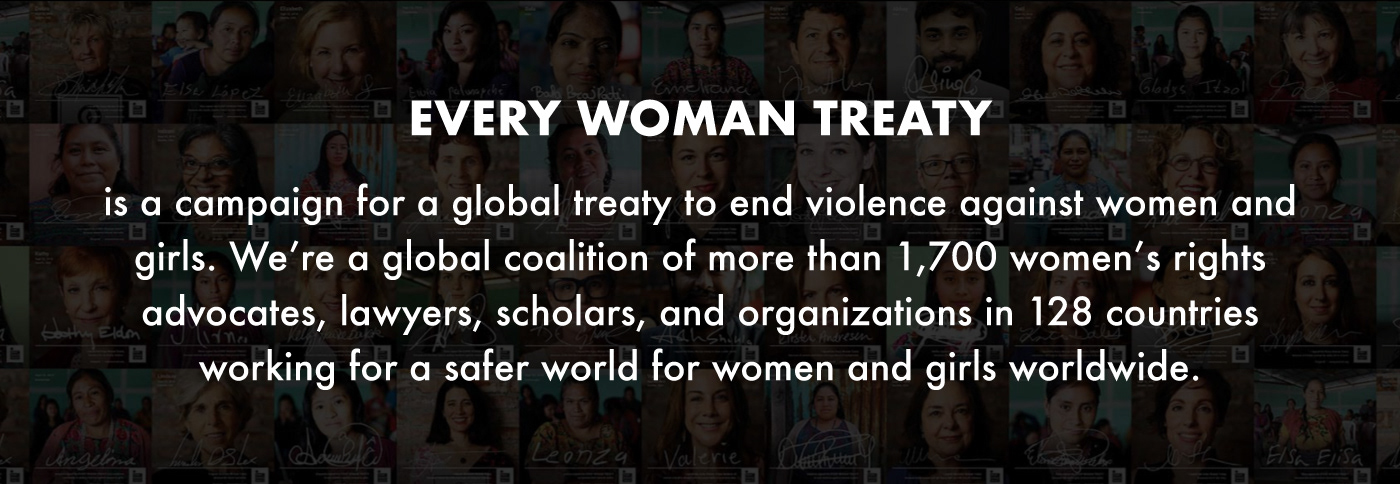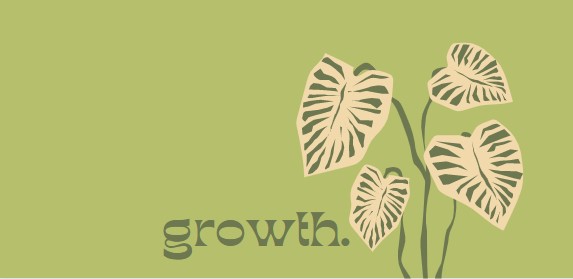August is Active Bystander Month.
The following blog was written by HCDVCC from Houston. You can visit their website here.
Please hear the blog in my voice here:
“This month is Bystander Awareness Month! This is a time when we focus on fostering a culture of active bystanders and encouraging individuals to play an essential role in creating safer and more inclusive communities. Let’s explore the concept of an active bystander, delve into the significance of being proactive in various situations, and provide practical steps on what to do when faced with witnessing concerning incidents.
Understanding Active Bystanders:
An active bystander is someone who chooses not to be a passive observer but takes a proactive stance in addressing and preventing harmful situations. Instead of turning a blind eye or assuming someone else will intervene, active bystanders embrace the responsibility of making a positive impact when they see something wrong unfolding before them.
The Importance of Being an Active Bystander:
Promoting Safety: Being an active bystander is crucial for creating a safe environment. By actively intervening or reporting concerning situations, you contribute to the prevention of potential harm to individuals or the community at large.
Fostering Empathy and Compassion: Active bystanders demonstrate empathy and compassion by offering support to those who may be in distress or facing adversity. Your intervention can provide comfort, reassurance, and demonstrate that individuals are not alone in difficult situations.
Challenging Norms and Behaviors: Active bystanders have the power to challenge harmful norms, such as bullying, discrimination, or harassment, by speaking up and standing against such behavior. By doing so, you help establish a new standard of respect, equality, and inclusivity.
What to Do When You See Something:
Assess the Situation: Observe the situation carefully to determine if intervention is necessary or if someone’s safety is at risk. Trust your instincts but be mindful of your personal safety as well.
Call for Help: If immediate danger is present or a crime is being committed, contact emergency services such as the police, fire department, or medical services. Provide them with accurate details about the incident and the location.
Create a Distraction: In non-threatening situations, creating a distraction can divert attention and diffuse tension. This strategy can be effective in preventing a potentially harmful situation from escalating.
Direct Intervention: If it is safe to do so, directly intervene by addressing the situation calmly and assertively. Speak up against inappropriate behavior, offer assistance to someone in distress, or help diffuse a conflict by promoting dialogue and understanding.
Seek Support: If you are unsure about intervening alone, try to involve others nearby. Approach individuals who may be witnessing the same incident and encourage them to join forces with you in addressing the situation. Remember, collective action can be powerful.
Document and Report: If you cannot intervene directly or the situation has already been resolved, document what you witnessed. Take note of details such as descriptions of individuals involved, time, and location. Report the incident to relevant authorities or organizations that can take appropriate action.
Becoming an active bystander requires courage, empathy, and a commitment to making a positive impact in our communities. By choosing to step forward and take action, we contribute to the creation of safer, more inclusive environments for everyone. This Bystander Awareness Month let’s all pledge to be active bystanders and work together to build a society where compassion, respect, and intervention are valued. Remember, your voice and actions matter.”
I recently experienced an intervention in a NY subway. A three-year-old little boy was in a stroller and his mom kept swatting at him as he crossed his leg. I complimented the little boy and asked why the mom kept hitting him each time he crossed his legs. She explained that she didn’t want him to turn gay and that her boyfriend said that if he crossed his legs, he would become gay. I responded that I know she loves her son a lot, but that crossing one’s legs does not mean he will turn gay, but that it was a choice for anyone to make later in life, not at age three. I’m not sure if my words had an impact, but I do know that if I didn’t say something that for certain, I would not have made a difference.
Active bystanding can be soft, gentle or a little more powerful.
Remember, your voice and actions matter.
Always on your side,
Indrani
Share This Article
Related Posts
Advocacy Continues
President Biden Has a Chance to Help Women Everywhere. Will He Take It?
Growth takes time.

Stay Connected!
Get the latest news from Indrani


